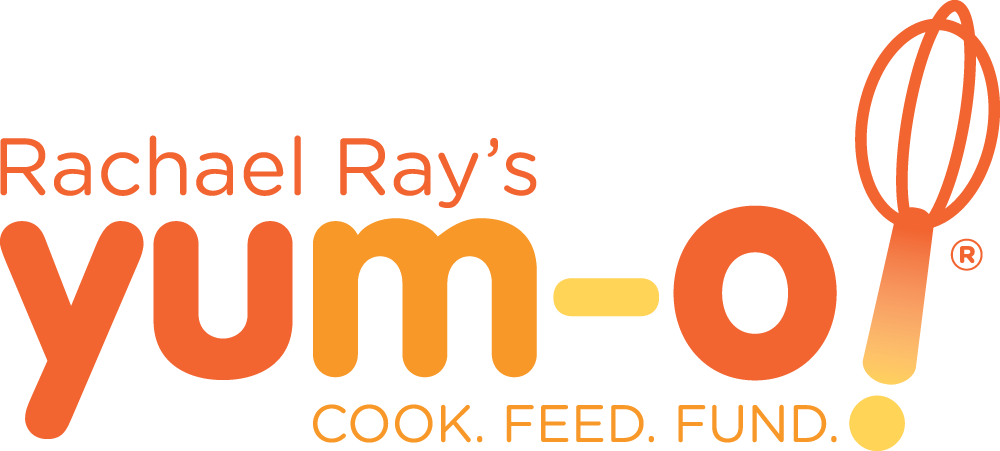Alliance for a Healthier Generation
As a Yum-o! partner, we’ve talked about how much we like this organization, and you can see from the photos on our website that Rachael and President Clinton are on the same page when it comes to healthy, happy kids. Now we want to tell you about the real impact their programs are making in schools across the country. One program, launched just this past fall, puts an expert inside of participating schools to help them figure out ways to offer students better food choices.
Below is a sampling of healthy changes some American schools are successfully implementing, thanks to the help of the Alliance for a Healthier Generation’s Healthy Schools program. Focusing on nutrition, physical activity and staff wellness, more information about the program is available here.
These examples show how, with a little creativity and organization, real changes can happen at your school in a relatively short period of time. Check out the success stories below for ideas and inspiration!
Waubun Secondary School
Waubun-Ogema-White Earth Community Schools
Northern Minnesota
The school store, run by the business education teacher and staffed by student groups, began the 2006-2007 school year by raising the price of candy bars and removing some of the other less healthy snacks from their product list. They replaced these items with healthier options such as yogurt, 100-calorie snack packs and low-fat string cheese, which were taste-tested first by the students. To ensure that these healthier snacks were as attractive as possible, they lowered the price of these items to 40 cents, and raised the price of candy bars to $1.25. Each month, a different student group staffs the school store and shares in the profits, which go directly towards their group. As a result of these changes, sales of less healthy snacks like the candy bars have gone down, and sales of healthier options have gone up. Additionally, because of the pricing structure, the school store has seen more profits this year – which means more money for student groups – further encouraging students to promote and model healthy eating to their peers.
Mount Clemens Middle School
Mount Clemens High School
Mount Clemens School District
Mount Clemens (suburb of Detroit), Michigan
Located in a Detroit suburb, these schools have a superstar food services director, Farai Sithole. At the beginning of the school year, Mr. Sithole worked to change out the schools’ vending machines to comply with Alliance Beverage Guidelines. He also has been working on adapting the cafeteria menu options to enable students to choose more healthful options. This program is called “Origins,” and its popularity has taken off with new marketing efforts this year.
Students going through the cafeteria line may choose from a deli sandwich bar, salad bar or the “Origins” menu of the day. As they peruse the day’s options, students get to decide on their side items. They may choose from a delicious array of healthy side items, or pay an upcharge to have french fries instead. On many days, the “Origins” menu sells out, and students are happy to forgo the french fries in favor of the healthy sides to go along with their delicious entrée. In the a la carte line, healthier options have also proven to be popular choices for students. They can select whole wheat pizza, or healthier snacks such as yogurt and animal crackers. Despite skepticism on the part of the staff, many students are enjoying these healthier snacks over chips and cookies.
Delong Middle School
Eau Claire Area School District
Eau Claire, Wisconsin
Wellness leaders at Delong Middle School saw that kids who rode the bus were missing breakfast. Breakfast was traditionally served in the cafeteria for about half an hour before school, so students who rode the buses were arriving too late to eat breakfast. To get more kids eating a nutritious breakfast, Delong started offering a “grab’n’go” option for kids getting off the bus. In order to make their operation easily accessible to the kids getting off the buses, the school applied for and received a grant for a wireless cash register and got milk coolers from the Dairy Council. Now, kids get off the bus, grab the bags and can eat wherever they want. The school has seen a drastic increase in the number of students who eat breakfast and morning vending machine sales have gone down. Other middle schools are starting to follow suit.
Bellview Middle School
Escambia County School District
Pensacola, Florida
Bellview Middle School serves students in grades six through eight in Pensacola, Florida. The school began offering breakfast this in the fall of 2006 and is now serving about 500 students per day. Now that breakfast is being served, the school reports that about 50% fewer students are visiting the school nurse’s office in the morning (complaining of stomachaches, headaches etc.). In support of Bellview’s program, a conveyer oven was provided by the district so that foods can now be baked instead of fried. Students at Bellview can also take an afterschool cooking class to learn about healthy food preparation.
Thacker Avenue Elementary School
Osceola School District
Kissimmee, Florida
The schools in Osceola County School District have been working hard on comprehensive school food change. They now serve two fruits at breakfast, offer whole grains at breakfast at lunch and serve fresh, colorful salad three times a week. They have stopped deep frying food served to students and are phasing out trans fats as well. The cafeteria manager at Thacker Avenue Elementary School also works with classroom teachers to coordinate nutrition education in the classroom.

